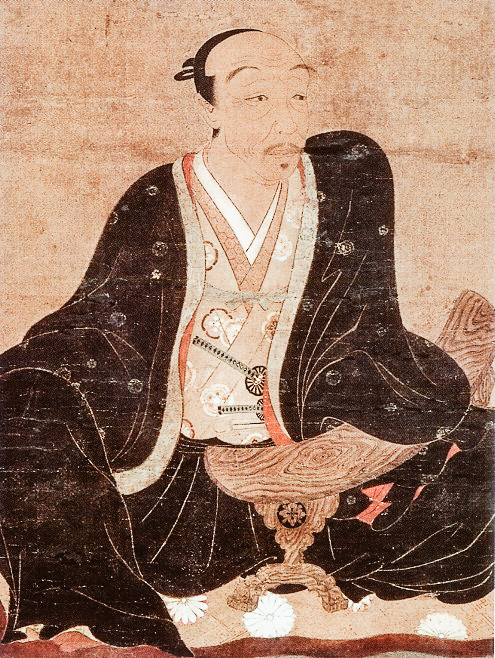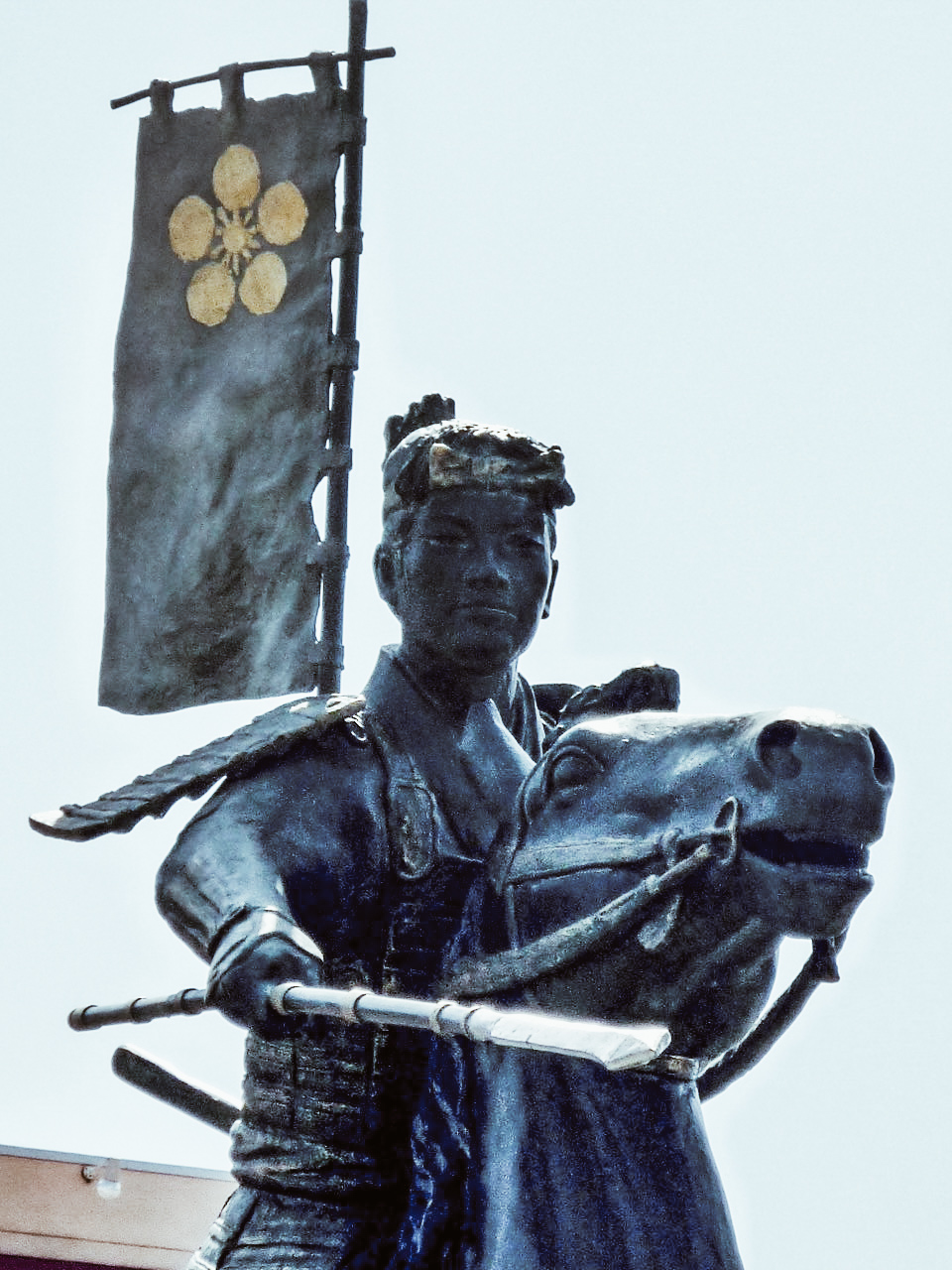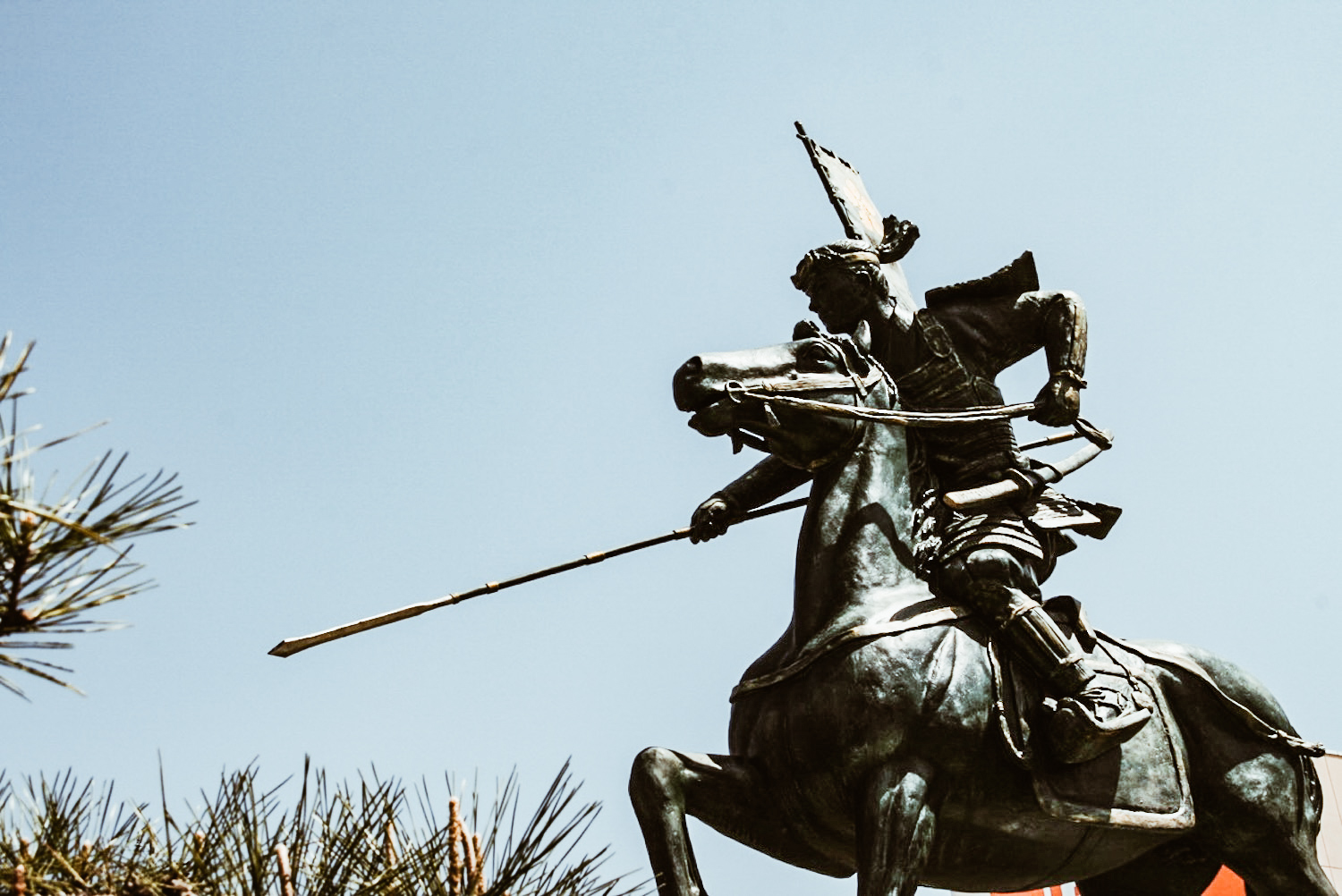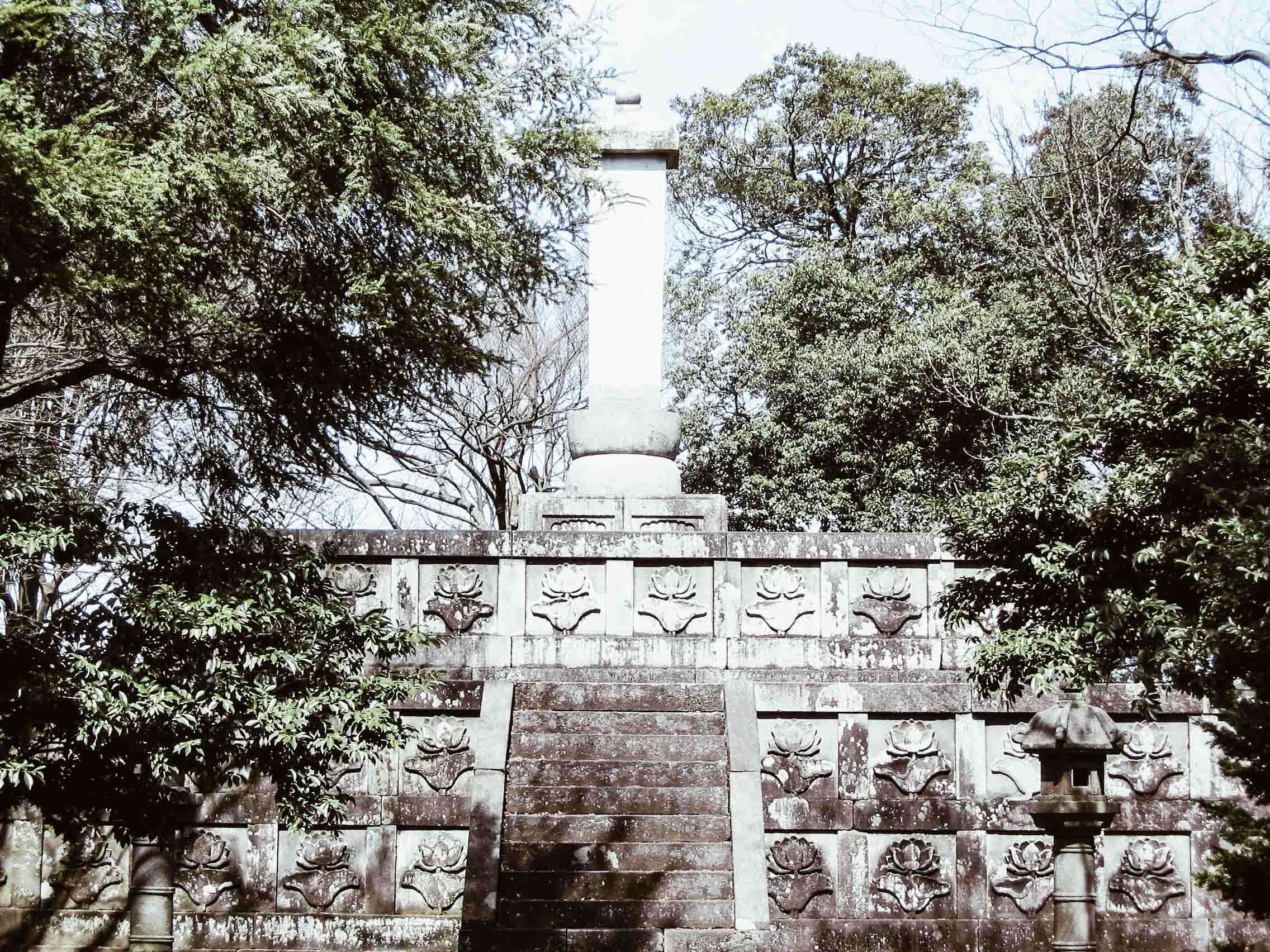Maeda Toshiie was born on January 15 1538 (now Nagoya) as the fourth son of Maeda Toshimasa who held Arako Castle and died on April 27 1599. He was known to be one of the main generals of Oda Nobunaga after the Sengoku period.
Maeda Toshiie, the head of the Maeda clan
Author: SaiKaiAngel

photo credits: wikimedia.org
His father was Maeda Toshimasa and his wife Maeda Matsu. Fourth of seven brothers, his childhood name was “Inuchiyo” and his favourite weapon was a yari, which is why Maeda Toshiie was known as “Yari no Mataza” or Matazaemon. The highest grade he received was that of Great Councilor Dainagon.
By order of Nobunaga, Maeda Toshiie was rewarded with the appointment as the head of the Maeda clan, despite having four older brothers. This position was received in 1560 upon the death of his father. Just like Oda Nobunaga, Toshiie was also a criminal and seems to have become, in his youth, also a friend of Kinoshita Tokichiro, more famous with the name of Toyotomi Hideyoshi. It seems that Toshiie was called Inu (dog) by Nobunaga because of his reserved and severe nature, in contrast to Hideyoshi’s talkative nature.

photo credits: samurai-world.com
Military life
Toshiie began his career as a member of akahoro-shū under the personal command of Oda Nobunaga. Later he became an infantry captain (ashigaru taishō) always in the army of Oda Nobunaga. During his military career, Toshiie met many important figures, such as Hashiba Hideyoshi, Sassa Narimasa, Akechi Mitsuhide, Takayama Ukon and many others that we have previously seen in our blog. Maeda Toshiie was also Tokugawa Ieyasu’s eternal rival. After defeating the Asakura clan, Maeda fought under Shibata Katsuie in the Hokuriku area.
Maeda Toshiie participated in various war situations: we see him in the battle of Okehazama in 1560 in the siege of Inabayama in 1567, in the battle of Anegawa in 1570, in Nagashino in 1575 and in Tedorigawa in 1577, in the siege of Suemori in 1584 and of Odawara in 1590. Eventually, he was granted the fief of Fuchu and a han (Kaga domain) that crossed the provinces of Noto and Kaga. Despite its small size, Kaga was a highly productive province that would eventually turn into Japan’s wealthiest han in the Edo period, with a net worth of 1 million koku.

photo credits: samurai-world.com
Maeda Toshiie had a central group of very capable senior vassals. Some, such as Murai Nagayori and Okumura Nagatomi, maintained a long tradition with the Maeda.
After Nobunaga’s assassination in Honnō-ji, Akechi Mitsuhide and Mitsuhide’s subsequent defeat of Hideyoshi, Maeda Toshiie fought Hideyoshi under Shibata’s command in the battle of Shizugatake. After the defeat of Shibata, Toshiie worked for Hideyoshi and became one of his main generals. Later Maeda Toshiie was forced to fight another of his friends, Sassa Narimasa. Narimasa was shot down by Toshiie following Maeda’s great victory in the battle of Suemori Castle. Before he died in 1598, Hideyoshi appointed Maeda Toshiie to the council of the Five Elders to support Toyotomi Hideyori until he was old enough to take control. Despite this, Maeda Toshiie only managed to support Hideyori for a year before he died. Maeda Toshiie’s successor was his son Toshinaga.
The Maeda Family
Maeda Toshiie’s family played a very important role in her life. His wife, Maeda Matsu, very famous because being an expert in martial arts, was very decisive for Toshiie’s rise to success.
Maeda Toshiie’s older brother, Maeda Toshihisa, adopted Maeda Toshimasu (more famously by the name Maeda Keiji). Maeda Toshimasu served under Oda Nobunaga together with his uncle. Toshimasu was originally intended to inherit the direction of the Maeda family; however, after Oda Nobunaga replaced Toshihisa with Toshiie as head of the Maeda family, he lost this position. Perhaps because of this loss of inheritance, Toshimasu was well known for the constant quarrels with his uncle Maeda Toshiie.
Maeda Toshiie died in 1658 at the age of 64, and her grave is in the Maeda cemetery of Nodayama in Kanazawa.
 photo credits: wikimedia.org
photo credits: wikimedia.org
Share this:
- Click to share on Facebook (Opens in new window)
- Click to share on Twitter (Opens in new window)
- Click to share on Tumblr (Opens in new window)
- Click to share on Pinterest (Opens in new window)
- Click to share on Telegram (Opens in new window)
- Click to share on WhatsApp (Opens in new window)
- Click to share on Reddit (Opens in new window)
- Click to print (Opens in new window)






